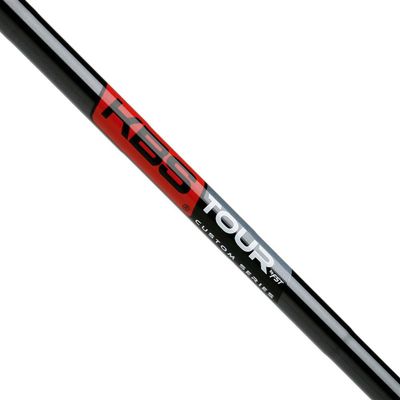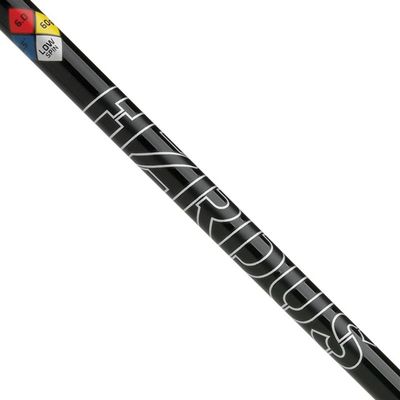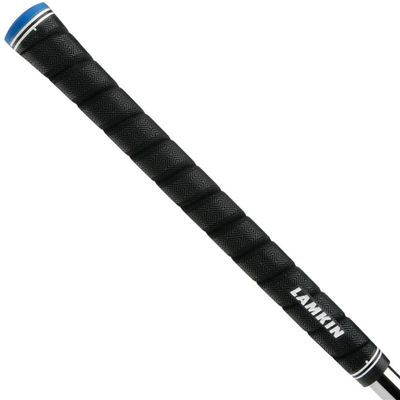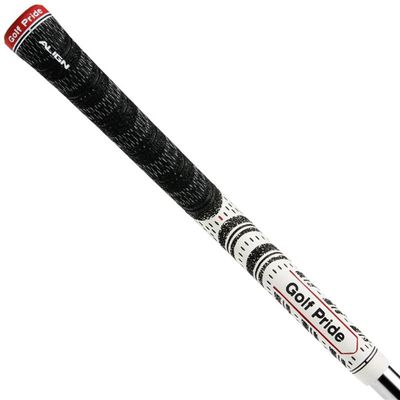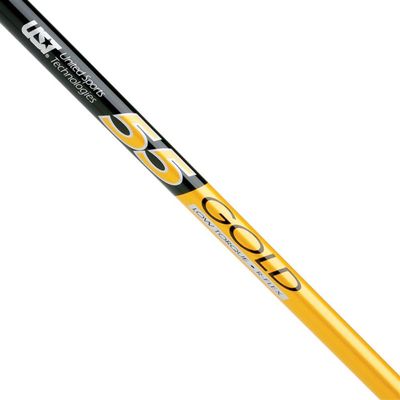Lie Adjustment
Golf Club Loft & Lie Adjustment
A golf club loft angle and lie angle are very important attributes. Golfers can benefit from getting this checked and adjusted if necessary. The golf club manufacturers have slight variences of what constitutes a “standard” loft and lie angle for most golfers. Whether this factory standard is right for your individual swing is something all golfers need to have checked.
Golf Logics used only the industry standard Mitchell Signature Series equipment. Trust nothing but when having your clubs adjusted.
Lie Angle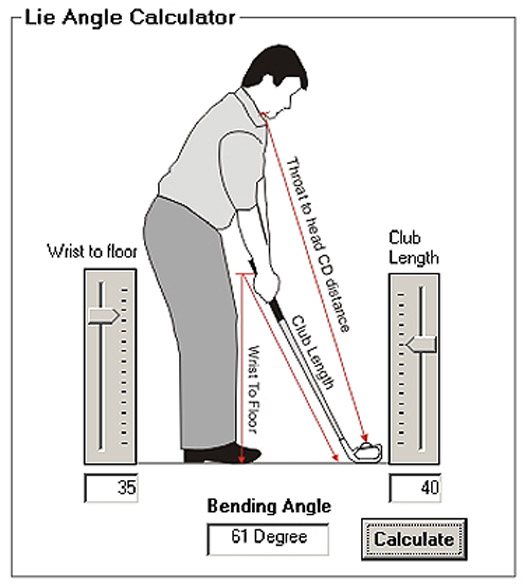
Lie is the angle from the shaft to the ground when the golf club is placed in a normal playing stance position. It enables the sole of the club head to strike the ground flat if it is correct. An incorrect lie negatively impacts your golf club performance. It will prevent you from making good ball contact.
The club lie can be adjusted for a golfer that has a more upright or flatter swing. For unusually tall or short golfers, club lie is critical. When standing at address with a golf club, if the bottom of the club head is touching the ground more on the heel (lie too upright) or toe (lie too flat), the lie needs to be adjusted.
If the toe of the club head is touching the ground, your shots will have a tendency to travel to the left or hook left (for a right handed golfer). In this case, you would require a lie angle adjustment (bending) that would lower the lie angle. Conversely, if the heel of the club is touching the ground, your shots will have a tendency to fly to the right or fade (for a right handed golfer). In this case, you would require a lie angle adjustment (bending) that would raise the lie angle.
Loft Angle
Loft is the angle of the club face that controls trajectory of the golf shot and affects distance. Stronger or weaker lofts can lead to higher, lower, longer, or shorter ball flights. The standard loft on manufactured golf clubs varies from brand to brand. Loft is considered to be more of an individual preference based on the desired ball flight. More importantly, the distance you want to hit the golf ball is also a factor.
If you are struggling for more distance and also hitting the ball very high, you might want to consider an adjustment your loft. Golf clubs have varying degrees of loft, lower angles for the longer clubs and getting progressively larger for the shorter clubs. So, the shorter clubs have the most loft to allow hitting the ball higher.
Loft and Lie Can Change With Repeated Club Usage
If you hit the ground regularly with your swing and take a lot of divots – you can actually alter the loft and lie on your clubs without even realizing it. Therefore, continually hitting out of the rough, off cart paths, and out of wooded areas can negatively alter the lie or loft.
Also, if you spend a lot of time at the golf range working on your swing – hitting off a standard mat with concrete foundation can also push your loft and lie of a club out of sync with repeated use. Your clubs may actually develop gaps between stated lofts that will affect shot distance, trajectory, and accuracy.
Loft & Lie Adjustment Golf Club Loft & Lie Adjustment
A golf club loft angle and lie angle are very important attributes. Golfers can benefit from getting this checked and adjusted if necessary. The golf club manufacturers have slight variences of what constitutes a “standard” loft and lie angle for most golfers. Whether this factory standard is right for your individual swing is something all golfers need to have checked.
Conclusion
These two key factors make a big difference with all clubs in making solid consistent ball contact. Most golfers buy clubs which are standard off-the-rack. However, there is no industry standard for club head loft and lie. Each manufacturer’s club design may very within this gray area lacking a set industry-wide standard.
Furthermore, the majority of golfers have no idea about the importance of properly fitting loft and lie angles to their physical size and individual swing plane. We can check and adjust these factors to correct a club, or make a change to better fit your swing.

